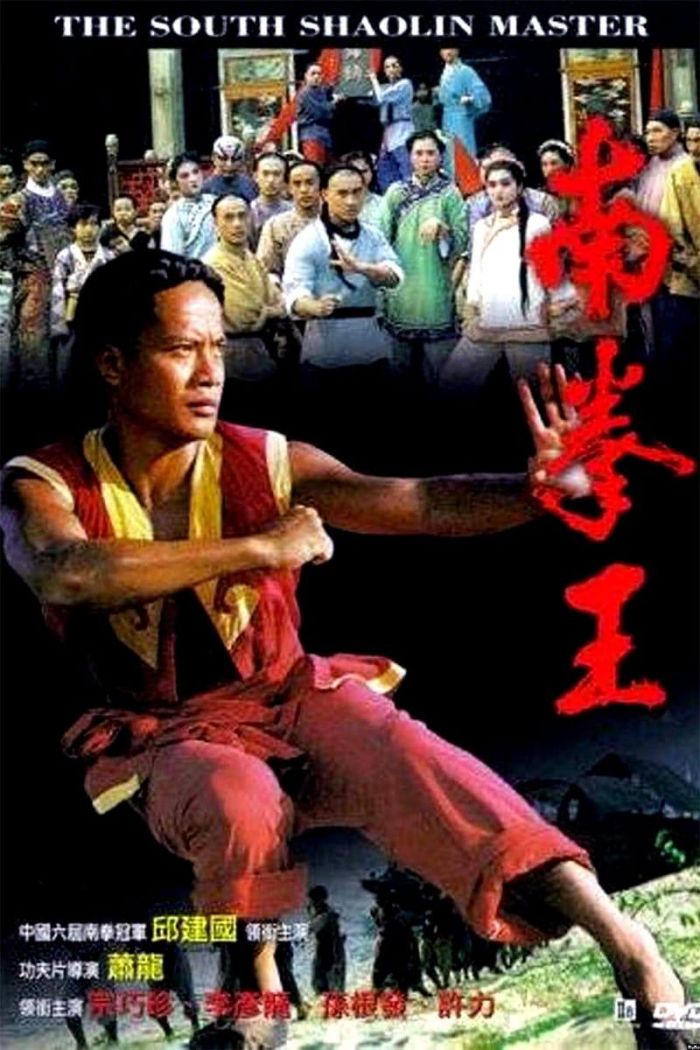The South Shaolin Master by Lung Hsiao (Review)

I started the marathon off with a crappy martial arts film, so it seems only fitting that I close with a great one, albeit one that most people have probably never heard of. That’s a real shame, because The South Shaolin Master is an unsung classic with excellent fight choreography and gorgeous cinematography. (The Chinese countryside should be billed as a cast member.)
Lin Hai-Nan is a member of the Tai Ping, a resistance group fighting corrupt rulers. Wounded in a fight, he’s rescued by a traveling acting troupe that’s being harassed by a local ruler. If you don’t think the two are related, than you obviously haven’t watched enough kung fu movies. Lin (now known as Ah Nan) and the acting troupe find themselves facing a common enemy, a magistrate named Ha Er-Ci. When their troupe is decimated by Ha, they seek refuge in a Shaolin monastery. There, Lin works on a killer technique to defeat Ha, which basically consists of strengthening his kneecaps for hours. If you think that sounds crazy, buy the DVD and see for yourself!
Filmed in mainland China without any big names, The South Shaolin Master seems to have slipped under most fans’ radars. But it’s a real treat and a nice change of pace. The film is fairly dramatic, with only a handful of comedic moments when compared to some of the other, better known films from that time period (e.g., Wheels on Meals, Winners and Sinners). The fights are also a joy to watch, combining some of the prop-based action you’d find in Jackie Chan’s movies with more classical moves.
The South Shaolin Master also touches on the unique role that acrobatic troupes played in the preservation of Chinese martial arts. As the Shaolin temples found themselves under persecution from the government, they trained these troupes in kung fu. The troupes incorporated their kung fu training into dancing and tumbling, ensuring its survival even as the government cracked down on the temples. This paved the way for the Peking Opera, out of which arose the kung fu cinema that we currently know and love.
The movie might seem a bit longer than its 96 minutes, especially if you’re comparing it to the aforementioned movies (though I find it more rewarding). The film does drag during a long dragon boat race that gets in the way of the serious whoop-ass you know is just around the corner. Even so, this is a true gem that has remained hidden for far too long. Hopefully more people will get a chance to check it out soon, especially considering the really nice DVD transfer that’s currently available.
